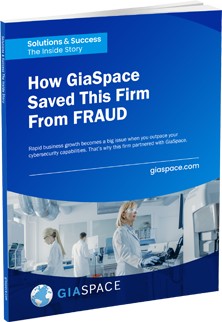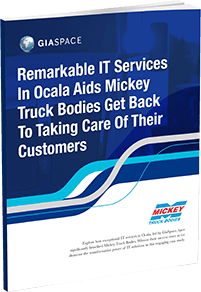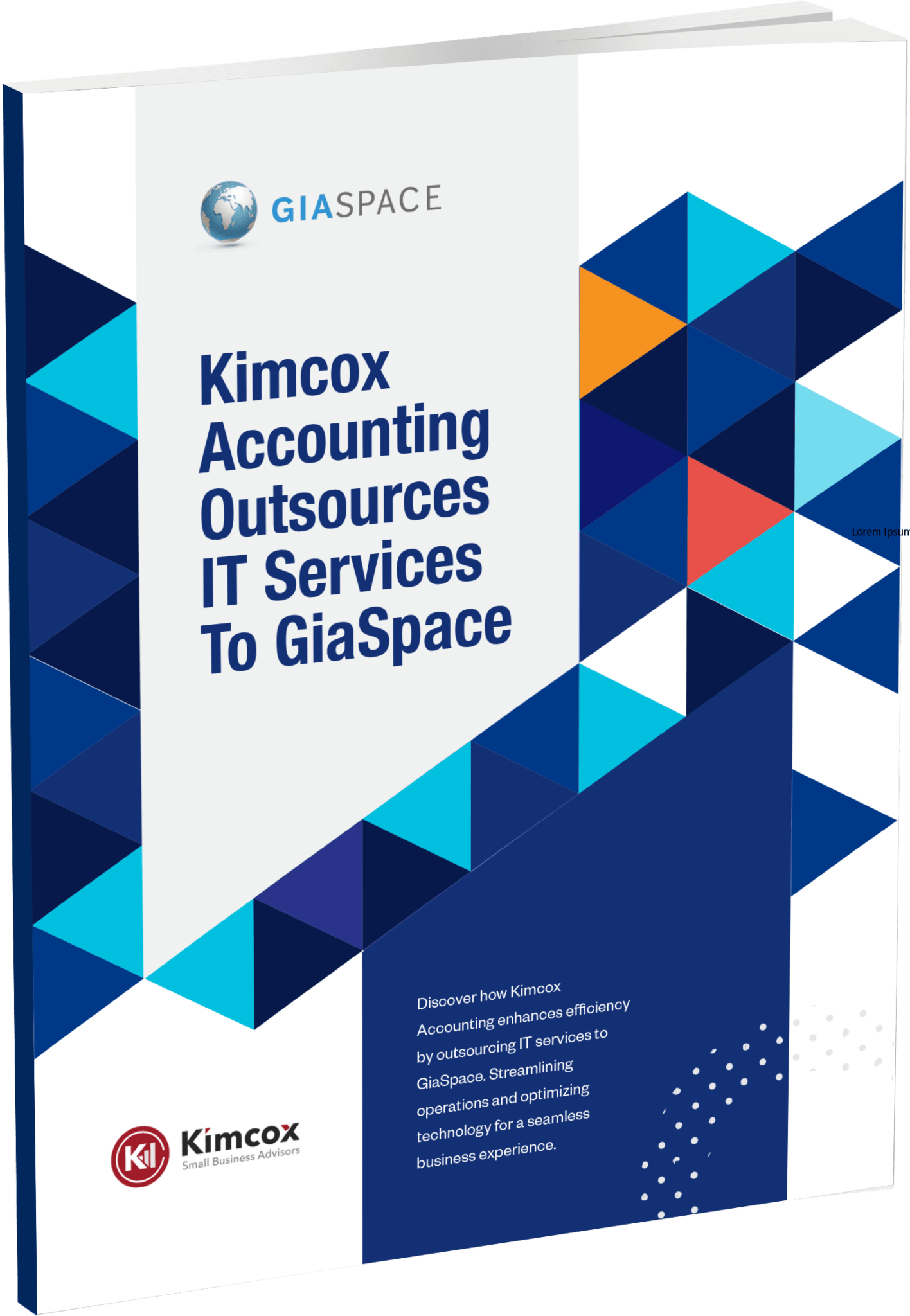Cloud Migration Strategies For South Florida Businesses
To succeed in today’s digital landscape, South Florida businesses and organizations have been unable to avoid embracing the power of the cloud. This is becoming even more evident as more organizations are increasingly migrating their applications to the cloud to drive their growth. According to Gartner, the spending on public cloud services is forecast to exceed $482 billion in 2022, up from $396 billion in 2021. By 2026, public cloud spending will exceed 45% of enterprise IT spending.
Organizations today have adopted cloud computing platforms for their unique business purposes. Today, we can hardly find an organization not using the cloud, such immense is the popularity of the cloud. The reasons are plentiful, but it is essential to properly migrate to the cloud for the successful run of the business.
Despite the numbers, one-third of organizations are not realizing the true benefits of cloud spending. Enterprise cloud spending is definitely growing, but 1/3 of organizations do not see any improvement in productivity, efficiency, and effectiveness after adopting cloud services. Cloud migration can be a major challenge and a costly venture. So how do you ensure cloud migration success? The answer can be found within effective planning and selecting the right cloud migration strategy for your IT assets.
As newer and more advanced technologies are introduced and repeatedly updated, organizations are encouraged to adopt those technologies in order to gain a competitive edge. Also, migrating business-critical data to the cloud provides many advantages in terms of storage, speed, data processing, cost, and more. Cloud migration isn’t something you start on a random day. Cloud migration requires careful planning and having the right resources. Cloud migration planning should include why you need to migrate, what assets will be taken, and where you’re going.

What is Cloud Migration?
Cloud migration is about so much more than moving to the cloud. Cloud migration is a repetitive process of optimization to reduce costs and leverage the full benefits of the cloud. Cloud migration also impacts your organization’s employees, processes, hardware, and applications. With flexible utilization and pricing models, cloud platforms can support optimal performance, scalability, hybrid work, remote work, and cost-efficiency.
It seems like every South Florida organization and business is waiting for its chance to get started on its cloud migration process. However, before you get started with your cloud migration process, it’s important to make sure you have a proper cloud migration strategy. The thing that makes this process so complex is that there are different types of cloud migration strategies—and the strategy you use will need to be suitable for your unique needs.
Your journey to the cloud will not be the same journey as the next South Florida organization, as there is no one-size-fits-all cloud migration strategy. Your organization’s IT assets that you want to migrate will be unique in terms of cost, performance, and intricacies. Given your organization’s unique circumstances, you will not be able to move all elements to the cloud with a one-size-fits-all method. Creating a roadmap for cloud migration will answer the complicated questions of what assets you should move, how your assets will be moved, and when they should be moved. This is where effective cloud migration strategies come into play.
What Are the Stages of Cloud Migration?
To ensure you get the most out of your cloud migration process, here are a few cloud migration strategies that South Florida businesses and organizations might prefer to use.
- Analysis – Before the cloud migration process begins, you must set clear goals.
- Planning -After completing the analysis phase, determine what your cloud migration strategy will be and determine what needs to be done.
- Migration – This is the time. Move your assets to the cloud.
- Development– Make adjustments when needed to gain the maximum benefit in the most cost-effective manner.
- Monitoring– Make sure your cloud is protected from potential cyber threats and attacks. Implement security, monitoring, and maintenance solutions.
With cloud computing being the way of the future, migration to the cloud takes a dedicated strategy—one that can be tailored to your organization’s unique needs. Taking a focused approach is generally the only way you can take an existing on-premise infrastructure and move it to the cloud. Every organization is on a different path to cloud migration. If your organization wants to migrate to a cloud model or it has not yet realized the full potential of cloud computing, following these steps can make for a better experience.
The 6 R’s of Cloud Migration
Once you have planned to migrate to the cloud, you should be prepared to follow a strategy that will help you achieve the desired result. There are multiple strategies that can be taken. These strategies can be termed as the 6 R’s of a cloud migration strategy. Before migrating to the cloud, it is essential to determine your existing environment, its licenses, hardware, servers, applications, etc. These strategies are typically used by organizations of all sizes for the migration of data and applications to the cloud.
While these strategies are known as the 6 R’s of a cloud migration strategy, it doesn’t mean that there are no other solutions. Your cloud migration strategy should align with your specific needs and capabilities. You can even combine these cloud migration strategies with other solutions so you will give your organization the best value. You can also apply multiple strategies to different aspects of your environment.
Re-hosting
This strategy, also known as lift and shift is a commonly chosen strategy due to the low migration effort. The rehosting strategy basically takes whatever apps, data, and/or operating systems you have on your servers and moves them to a cloud-based platform. This type of cloud migration strategy is especially common for organizations transitioning from an on-premise solution to a cloud platform for the first time, but it is possible to rehost from one cloud solution to another. One of the key benefits of this strategy is migration speed because it does not require any architectural refactoring.
Re-platforming
The re-platform strategy leads to cloud optimization due to some cloud platform adoption. However, organizations will keep the application’s core architecture intact. Some refer to re-platforming as re-hosting, plus optimization. As the cloud migration process takes place, your organization will optimize its applications and other assets so that they fit your new infrastructure. The re-platforming strategy is the recommended strategy for organizations that want to leverage the benefits of the cloud with improved scalability, cost, and performance, but do not have the financial resources to re-architect the application.
Re-architecting / Re-factoring
For business-critical applications that need comprehensive modernization due to outdated hardware or performance issues, a higher migration effort is often more profitable and should certainly be part of cloud migration considerations. Re-factoring or re-architecting involves rewriting your applications to make them cloud-native. This strategy allows optimized use of the cloud, leading to cloud-native benefits and making the application more flexible and future-proof.
Repurchasing
This strategy is based on ending the use of your old services and moving to cloud-based services. This strategy typically means moving to a SaaS (Software as a Service) application with the same capabilities. As an example, your organization makes the transition from a self-run email system hosted on your on-premise infrastructure and move to a cloud-based SaaS email solution. Your newer cloud version will offer you a higher value with higher efficiency.
Retiring
In this strategy, you determine how many unused or unwanted applications are in your IT portfolio. This may eventually lead to a decision to turn the applications and remove the load from your infrastructure. If there are any applications that you consider to be not worth the effort of migrating them to the cloud, they can either be eliminated or downsized.
Retaining
There will be some applications and assets that you may not want to migrate. Maybe your organization isn’t quite ready to change in that aspect. Retain means that you do not migrate your data or applications at this point since you do not have important information or are impeded by other factors. Maybe you haven’t found a cloud solution that will fit your specific needs. If you are faced with one of these situations, it is recommended to do nothing and return to these assets sometime in the future.
Best Practices for a Winning Cloud Migration Strategy
Today’s digital landscape continues to change rapidly, and more South Florida businesses and organizations will look to cloud-based solutions to achieve their goals and gain a competitive advantage. Moving to the cloud has incredible benefits over maintaining and replacing expensive on-premise infrastructures. To ensure a winning cloud migration strategy, here are some best practices to keep in mind:
- Know your IT portfolio
- Design a winning migration strategy
- Select the right partner to help you on your cloud migration journey
- Prepare your team for the transition
- Monitor the cloud migration process
- Validate the success of the cloud migration process
Wrap Up
Although migrating to the cloud is a complex process, you can delegate it to a full-service IT provider like GiaSpace. Our experts will evaluate your existing infrastructure and walk you through the nuances of cloud migration. The above strategies are reliable ways to get started with cloud migration. GiaSpace helps South Florida businesses and organizations reduce the time and effort it takes to collect the data and suggests the best migration strategy for your applications based on your unique needs.
Contact the right partner to help you create a structured infrastructure and execute a winning cloud migration strategy. Connect with GiaSpace today to start a conversation on migrating your IT assets to the cloud.







